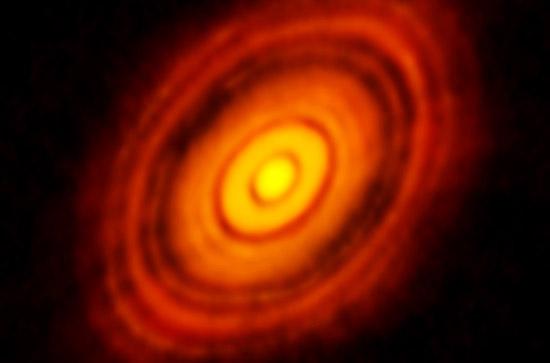
Dr. Donna Rodgers-Lee
University of Hertfordshire, UK
Abstract: Young low-mass stars are typically more magnetically active than our Sun making it reasonable to assume that they accelerate particles to ~GeV energies, as the Sun itself is an effective MeV accelerator. These low energy cosmic rays may prove to be an important source of ionisation for the very weakly ionised protoplanetary disks surrounding young stars. Here, based on the assumption that young low-mass stars accelerate protons to ~GeV, we estimate the ionising effect of these low energy stellar cosmic rays in protoplanetary disks. We solve their transport equation by treating the propagation of the cosmic rays as diffusive. We find that, generally, the high column density in the inner region of the protoplanetary disk prevents the cosmic rays from significantly ionising the outer regions of the disk. We discuss further ways of investigating the ionising effect from low energy protostellar cosmic rays.
